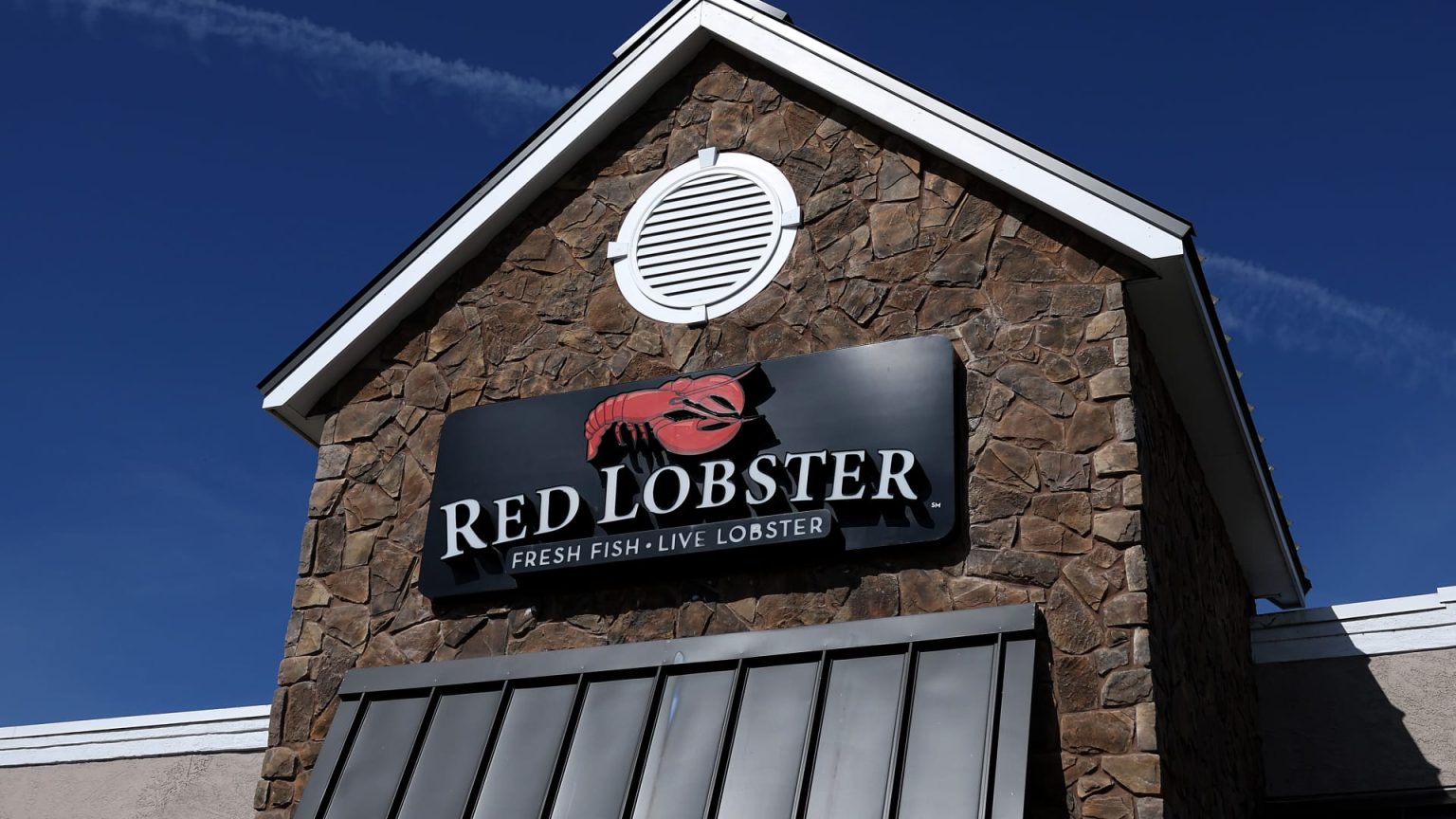Red Lobster, a popular seafood chain, is facing uncertainties about its future as more than 50 of its locations are set to close. The closures, announced by liquidation firm TAGeX Brands, are part of a larger auction involving at least 99 Red Lobster locations across the U.S. Some of the closure locations include Denver, Indianapolis, Rochester, Sacramento, San Antonio, and San Diego. This represents about 15% of the company’s total locations, as Red Lobster is currently the largest seafood restaurant chain in the U.S. The closures come as the company grapples with a heavy debt load, unfavorable lease terms, executive turnover, and previous unsuccessful strategies such as an ill-advised all-you-can-eat-shrimp promotion that resulted in significant losses.
Red Lobster has been struggling financially, with reports indicating that the company was seeking a buyer to avoid bankruptcy. However, as of now, no potential buyers have materialized. Thai Union, the largest investor in Red Lobster, has announced its intention to exit its position due to the impact of the Covid-19 pandemic, sustained industry challenges, higher interest rates, and rising material and labor costs. Thai Union’s CEO stated that Red Lobster’s ongoing financial requirements no longer align with their capital allocation priorities, leading to the decision to pursue an exit of their minority investment. Red Lobster has yet to provide a comment on the situation.
The closures and auction of Red Lobster locations highlight the challenges facing the restaurant industry as a whole, particularly in the wake of the Covid-19 pandemic. Many restaurants have struggled to stay afloat amid lockdowns, capacity restrictions, and changing consumer preferences. Red Lobster’s difficulties also point to broader issues within the company, such as excessive debt and ineffective business strategies. The closure of nearly 100 Red Lobster locations underscores the need for restaurant chains to adapt to the changing landscape and ensure their long-term viability.
As Red Lobster navigates these challenges, the company will need to make strategic decisions to stabilize its financial position and regain market share. This may involve restructuring debt, renegotiating lease terms, exploring new revenue streams, and enhancing its overall business model. Red Lobster will also need to address issues such as executive turnover and potentially explore partnerships or acquisitions to strengthen its competitive position. The company’s response to these challenges will be crucial in determining its long-term success and sustainability in the highly competitive restaurant industry.
Despite the closure of multiple locations and the challenges facing the company, Red Lobster remains a beloved brand with a loyal customer base. The seafood chain has been a staple in the restaurant industry for decades, known for its seafood offerings and casual dining atmosphere. Moving forward, Red Lobster will need to leverage its brand recognition, customer loyalty, and operational strengths to navigate the current environment successfully. By taking proactive measures to address its financial challenges and adapt to changing market conditions, Red Lobster can position itself for continued growth and success in the years to come.
In conclusion, the auction of nearly 100 Red Lobster locations signals a critical juncture for the iconic seafood chain as it grapples with financial difficulties and seeks to secure its long-term future. The closures, driven by factors such as debt, unfavorable lease terms, and poor business strategies, underscore the broader challenges facing the restaurant industry in the aftermath of the Covid-19 pandemic. As Red Lobster charts a path forward, it will need to make strategic decisions to address its financial woes, enhance its operational efficiency, and capitalize on its brand strength to remain competitive in a rapidly evolving market. Only time will tell whether Red Lobster can overcome these obstacles and emerge stronger on the other side.


